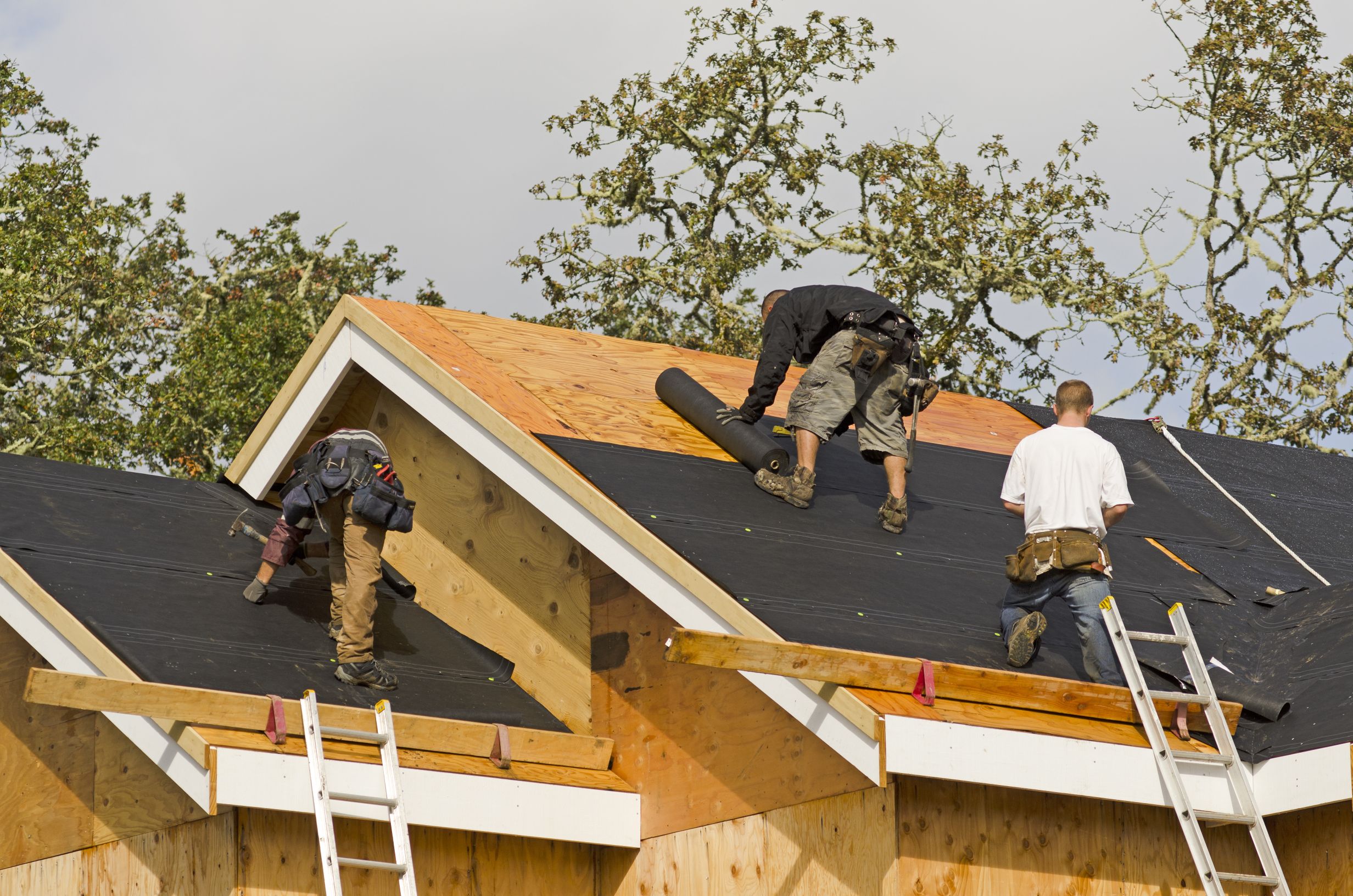Need A New Roof Check This out First
Need A New Roof? When was the last time you looked up at your roof or had it inspected? Perhaps when you had originally moved into the house, but have you bothered to check on it lately? If not, it might be time to give it another look.
It is important to know what is going on overhead, unless you want to feel the pitter-patter of the rain hitting you right on your head. That is what roofs are for- to save you from getting wet while you are in the house! So it is important to keep it free of leaks, algae and other rotten stuff that can damage it.
When should you check it? For many, twice a year is a good idea, after autumn and after spring. Though twice a year may suffice for some in calm climate, for others in more volatile climates, it might not be enough.
Some say you should check your roof after each storm because storms weaken the roof. The weakest points of the roof may give in to the storm. That little crack can be a wide gape next, who knows? So, it is better to be prepared for all that. And the way to preparation is regular inspections. Of course, depending on the roofing material you choose, some are sensitive to excessive walking due to cracks.
Detecting the Damages
Both the interior and exterior of roofs can show signs of damage. Take a flashlight and check your roof from the inside. If there are damages showing on the interior, it means that your roof is in need of immediate repair. Don't sit back and relax. Get it fixed as soon as possible. This is the surest way to ensure that your roof doesn't lek, and your home sufffer further damage.
Also, make sure that you view all the corners and folds of the roof in good light. If there are no apparent damages on the interior, don't think that your roof is in perfect condition. Climb up and check the exterior now. There may be problems that may cause further damage in the future.
The Damage Disasters
Water is the single most common cause of roof damage. Moisture blackens and gradually, withers the roof away. Stagnating water is potentially the most dangerous enemy of the roof. If a corner of a tile is broken and has now filled up with rainwater, then it is a safe bet that your roof will have a hole over there with the passage of time.
Algae breeds in moisture and grains your roof. Sometimes, there are construction faults with the roof. It may be sagging from the middle. Or the material used may not be suitable in the climate that you live in. Look for any peeling, cracking or discoloration; these are the first signs of the upcoming damage.
Regularly checking your roof will help prevent a total change of roof. Attending to those small cracks and leaks is helpful in saving your money too.
A ounce of prevention can save you greatly when it comes to your roof.
Category: Const - Roofing
Related Articles
- Top 10 Tips When Replacing a Roof
- Finding the Best Commercial Roofing Companies
- Infrared Roof Leak Scan
- Light Colored Roofs - Will They Keep the House Cooler
- What Is The Best Roof To Install On Your Home
- Metal Roof Repair and Replacement - Finding the Best
- Stay Under the Best Roof
- Roof Leaks and Repairs - Commercial Replacement Costs
Business News
Popular Posts
- How Mind Balance Can Improve the Mindsets of Employees
- Bridging Beliefs - Finding Common Ground in Love and Respect
- The SmartGuy Vision - A United Future Through Interfaith Love and Respect
- Balancing Act - How Understanding Personalities Could Unlock World Peace
- Harnessing Personality Assessment for Enhanced Well-being and Fulfillment
- Fostering Harmony Among Christianity Islam Buddhism Hinduism and Judaism
- Exploring World Religions - A Colorful Journey for Kids
- The Essence of Islam - Understanding Its Beliefs Rituals and Cultural Significance
- Preparing Kids for Adulthood - 15 Vital Skills They Wont Learn in School
- Cultivating Key Skills to Overcome Anti-Semitism and Hate
- How Mind Balance Empowers You Against Misinformation
- Clearing Mental Plaque: The Path to Enhanced Communication and Divine Connection
- Living the Teachings of Jesus - 100 Lessons for a Compassionate and Faithful Life
- How Mind Balance Brings People Closer to God
- Ways to Remove Stress from Trauma in the Nervous system
- Why Return to Jesus Christ and the Church
- Bacon-Wrapped Chicken Thighs with Creamy Garlic Sauce
- Stuffed Bell Peppers with Quinoa and Black Beans
- Promoting Complete Mental Well-Being - Addressing Genetics and Medical Conditions
- The Long-Lasting Impact of Child Abuse on Mental Health
